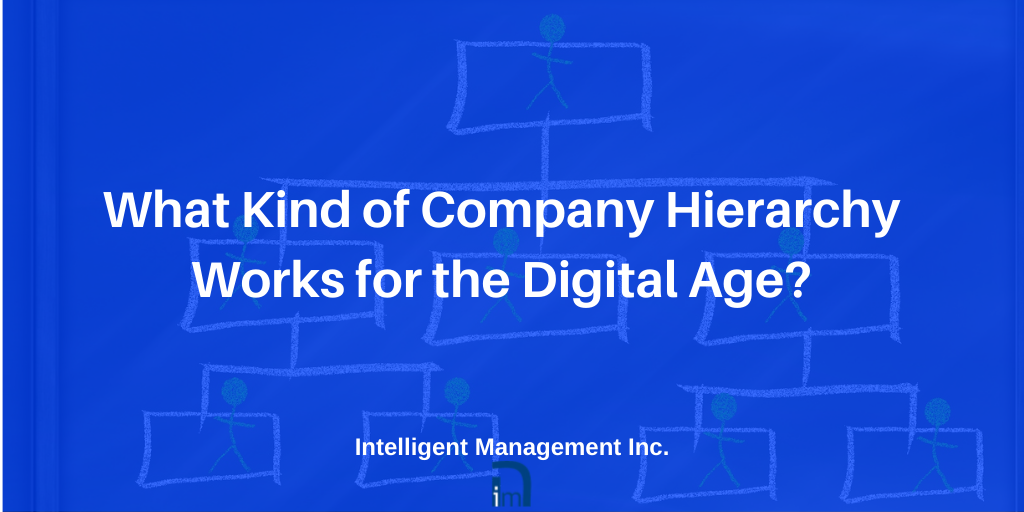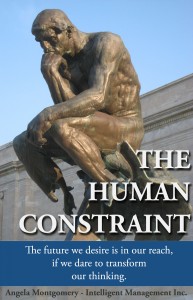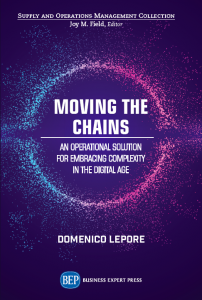
The traditional top down company hierarchy has become a trap. It inevitably leads to silos, discontent and an overall suboptimization of all the resources in any company. That is a very heavy burden to carry.
The traditional hierarchical/functional structure is one where the sum of individual efforts and departments is considered equal to the performance of the company. This form is inadequate as it does not contain the whole picture, including suppliers and customers, nor does it allow for the free flow of communication along the company processes that are inevitably cross functional. Indeed, departments may even compete with each other within the same organization.
Due to the artificial sealing/ceiling off of departments and levels, the internal policies of this kind of traditional company hierarchy will be based on local optima at the expense of global performance. In other words, we will try to do what is best for ourselves or for our department because that is how we get measured and rewarded. In this kind of organization we are not able to see and measure the damage to other ‘departments’ and the organization as a whole caused by serving local optima.
Moreover, the traditional hierarchical/functional organization is perfect if we want to concern ourselves with power games and personal success as opposed to achieving the goal of the organization. Its very structure invites us to ‘step on the heads’ of others to ‘get ahead’. Having a career path becomes synonymous with ‘climbing the corporate ladder’. Depending on who is ‘in charge’, talented and able people may remain hidden if they are not functional to the agenda of their boss. This is clearly a tragic waste of human ability and resources. Do we therefore need to throw the company hierarchy out? The answer is no, but we need to redeploy it.
What is an organization?
Science, civilization and individuals have evolved beyond the strictures of hierarchy/functions as we understand them today. Contemporary science has revealed the inadequacy of that model. Today we have the science, technology and know-how to shape organizations into what they intrinsically are – a system. We know that every living system is a network, and we can leverage that knowledge to maximize quality, flow and involvement.
An organization brings individuals with competencies together. By combining these competencies in a suitable manner we achieve the goal of the organization. In other words, individual efforts can lead to a global result if we devise a mechanism that creates orderly coherence in the combination of these efforts. A company hierarchy should facilitate the creation of this order. Accordingly, it is not the company hierarchy that we challenge but the kind of subordination that a traditional hierarchy calls for.
The new organization: coordination not functional reporting
So, to recap, we know that the hierarchical/functional model is inadequate as it creates artificial barriers and does not allow a true understanding of the organization as a series of recurring and non-recurring activities. An organizational structure should therefore be designed to facilitate the orderly management of sets of activities that are continuously created, coordinated, cross-functional, and that evolve in time. There is a precise name for this in English: projects.
A project is exactly this: a network of interdependencies created to achieve in a well- defined time frame a precise goal. A project is a system with a precise duration. A company viewed as a system is therefore a network of projects. This understanding completely shifts the focus of leadership and management to the orderly creation and timely completion of projects to accomplish the stated goal of the network. The appropriate hierarchy is exercised through ensuring orderly coordination, not functional reporting. This radically simplifies how we manage.
Some help from technology
For companies ready and willing to abandon a notion of company hierarchy that inevitably holds them back in what they can achieve, there is now also some help from technology. We created Ess3ntial to provide a digital platform to support organizations in their operations. Ess3ntial is the first platform to enable companies to manage all the available competencies in their organization, coordinate and synchronize them as a network of projects towards achieving the company goal. This is an effective and reliable way to manage an organization regardless of where the resources are located.
The price to be paid
There is a price to be paid, however, for abandoning an anachronistic top-down model and growing our intelligence and our freedom. When we remove the barriers, the ceilings, the ‘stupid’ boss who forces us to underachieve, when we take away all this paraphernalia, we are left with ourselves. We are left with the responsibility of no excuses, and the stark and terrifying prospect of exploring the boundaries of what we can truly achieve.
Contact: intelligentmanagement@sechel.ws
SCHEDULE AN INTRODUCTORY CALL WITH US







Leave a Reply